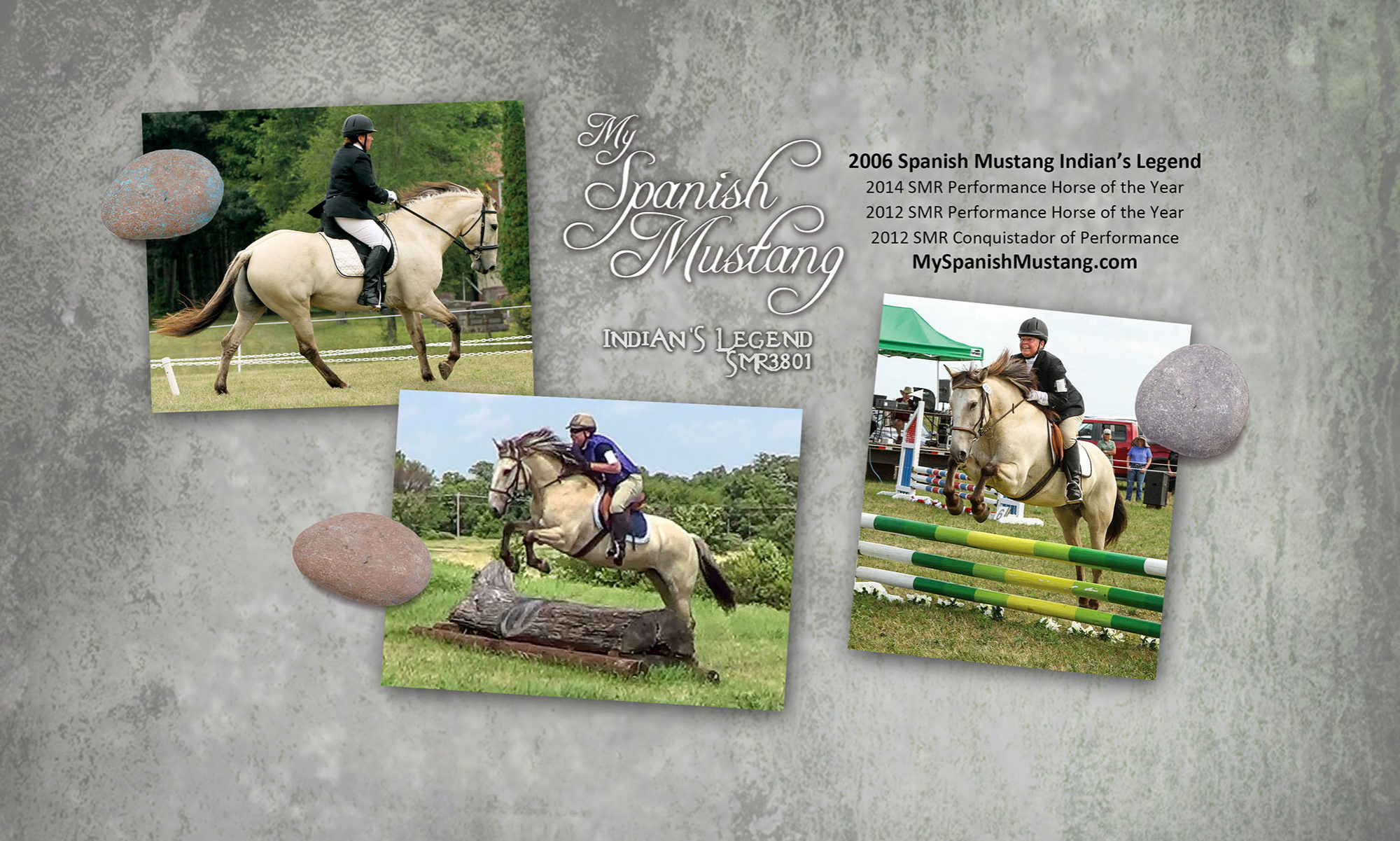By Jennifer Klitzke
I was sulking Saturday morning when my husband broke the news that he couldn’t fix the truck in time to trailer to the women’s horse gathering at my friend’s farm, when I got an unexpected invitation to take a lesson from an FEI-level rider named Barb. Another friend loaned me her rig for the jaunt across town.
Indy and I learned so much. Barb is a terrific trainer and does an amazing job imparting all the German-dressage instruction that she’s applied to successfully compete in high levels ofl dressage on the East and West coasts. Below are gleanings from our hour-long session.
At six years old, she considers Indy a young horse and who needs support from me to encourage his confidence especially when away from home at strange facilities with indoor arenas. Barb suggested to keep a light even contact with the bit and lightly hug Indy with my legs to assure him that I’m still here even though the world around him looks different.
Indy tends to escape through the outside left shoulder on a circle or corner (or near a gate). Barb suggested to ride both sides of the horse using defensive aids: outside thigh on to push the bulging rib cage back to normal and outside rein to straighten the neck and offensive aids: inside thigh open to allow his rib cage someplace to go and a soft inside rein to welcome him. Otherwise, if I only ride the defensive aids, I cause Indy to feel claustrophobic. The offensive aids give him a place to go.
The majority of our lesson was over cavaletti:




The last two exercises were at a canter. Shown here we are cantering on a 20-meter circle on a bend over the cavaletti. The other exercise is along the centerline and cantering straight over two cavaletti. Both exercises required half halts by bringing my shoulders back and squeezing with my lower legs just before the cavaletti.
